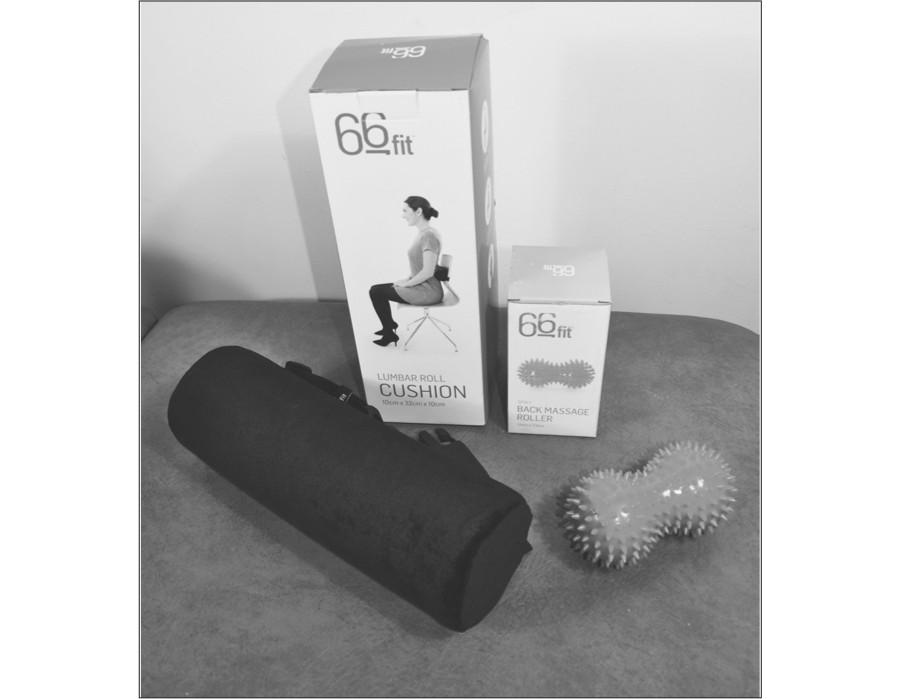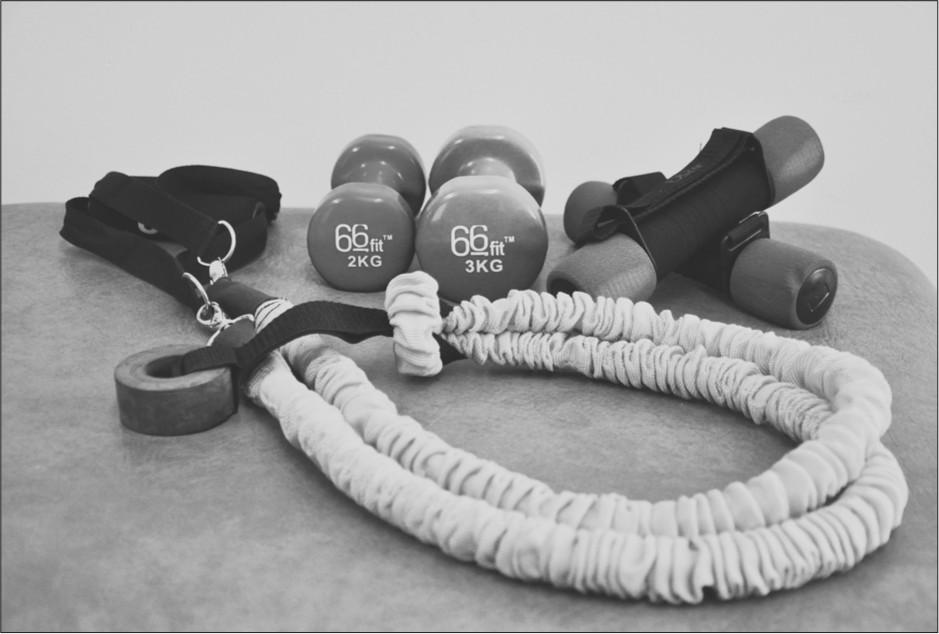♦ Equipment you might need to start off
♦ Choosing the best back support for you
♦ Resistance equipment
♦ Further advice and support
I have included this section as I am aware that many of my patients have struggled to know what equipment to use when they have had to do the exercises at home rather than in the gym environment. It goes through the options that you can choose to take, with some of the pros and cons of each, be it suitability, effectiveness or cost.
Equipment you might need to start off
Initially in the Brice Method, the only equipment you need is an upright chair and a method of supporting your rib cage just below your shoulder blades. This is what you will have carried out in Exercise 1 in Chapter 4 (page 48). To execute this exercise correctly you need to choose a back support that gives your body adequate assistance. You may find that your needs change as your body adapts to the exercise, so I am adding a full description of the benefits of the various back supports you can use, as well as ready-made options you can purchase.
Choosing the best back support for you
To start off with no cost, roll up a towel
Initially, I recommend my patients use a rolled-up towel to support their back (see Figure A2.1). Not only are they easy to find, they also provide a gentle support that pushes against three or four ribs at a time. They are generally comfortable to use, and once you have learned how to roll them up so that they stay in place and suit your needs, they can be sewn up or tied to the chair so that they don’t unfurl all the time.
Get a medium-sized towel and fold it in half lengthways. Then roll it up to about half way along and drape it over the back of your upright chair with the roll facing to the chair. You will have to guestimate how far down the back of the chair the belly of the roll sits, so that it will be located under and between your shoulder blades. Gravity and friction should hold the rolled-up towel in place long enough for you to sit down and position yourself correctly.

Figure A2.1: Rolled towel as back support
Ready-made alternative: lumbar roll
If you get on well with the towel, but find it fiddly trussing it up or tying it in place, you can buy bespoke back supports that do a better job and stay in place. They are often called lumbar supports, and whilst you will need to use them differently from what they were designed for, they are made of a spongy roll, with a soft covering and an elasticated strap that is adjustable to fit your chair. These are soft and gentle on your back whilst providing support over three or four ribs at a time.
Both of these supports provide quite a general level of support across the full width of the ribs. They tend to be comfortable but do not really push the body to the same degree as the more direct support options that I will explain next (see Figure A2.2).

Figure A.2.2: A lumbar roll (left) and a spikey peanut roll (right)
Ready-made alternative: spikey peanut
The spikey peanut is designed specifically to stimulate and make you aware of your body. The peanut shape means it fits perfectly against the ribs whilst ensuring no pressure is placed on the spine itself. The little spikes are designed to apply pressure to the muscles of the back, and more specifically to help release ‘trigger points’ in the muscles to help them relax, much in the same way a massage therapist would do.
The home-made alternative to the spikey peanut
If you do not feel that you get much support from the towel or spongy roll, you might prefer the more direct approach using something a little firmer. Get two tennis balls and an old sock. Put one of the balls into the sock and tie the sock just above the tennis ball to keep it in place. Repeat this with the second tennis ball and you will have a peanut shaped support you can place in your back. You will need to ensure the balls are horizontal to the floor, pushed against the back of the chair below and in between your ribs. Do not position the balls so that they directly push on your spine. Whilst it is unlikely to damage your spine, the individual vertebrae do not like direct pressure placed upon them; they will soon tell you not to do it, as it will be uncomfortable.
Once you have tried the different options of back support you will also be able to finetune the placing of the supports to best suit your body. Not only is everyone different, but also as you get more and more used to using the support over time, your body may eventually change shape, and you may find that you need to alter the position of the support to obtain the most benefit.
In my clinic, I tend to use a spikey peanut with my patients as a way of getting very specific support to the rib cage, as shown in Figure 4.3, earlier in the book (page 53).
Resistance equipment
For the arm exercises to develop strength in Chapter 9, I have suggested the use of an exercise band with a door attachment. These can be purchased either as exercise bands, bungee cords or resistance bands. They are relatively inexpensive – £20 will get you a band and a door anchor delivered to you. You will only need a door anchor if you do not have a strong banister or handrail to wrap the resistance band around.
Alternatively, you can use a light dumbbell; if you are light, a 2 kg dumbbell will suffice. If you are heavier and quite strong you can go up to 5 kg without too much difficulty. Examples of these are shown in Figure A2.3.

Figure A2.3: Resistance band with door anchor attached to it (front left) with dumbbells (to the rear)
Further advice and support
This book is designed as a self-help guide. For some patients with COPD this guide will be self-explanatory and the various exercises will feel very simple to follow. If, however, you feel that you would benefit from additional support, then you can find more details about personalised support packages from my website: www.paulbrice.net
Daily homework tracking sheets
Copies of the daily tracking sheet may be of use, so here is a full five weeks’ worth for photocopying. You can also download them from my website.
You can track your daily activity on the tables so that you ensure you repeat the homework exercises four times a day. Mark X in the relevant box for every time you do one group of the exercise routines.
| Week 5 |
Monday | Tuesday | Wednesday | Thursday | Friday | Saturday | Sunday |
| Early morning |
|||||||
| Mid morning |
|||||||
| Afternoon |
|||||||
| Evening |
© Paul Brice, 2018